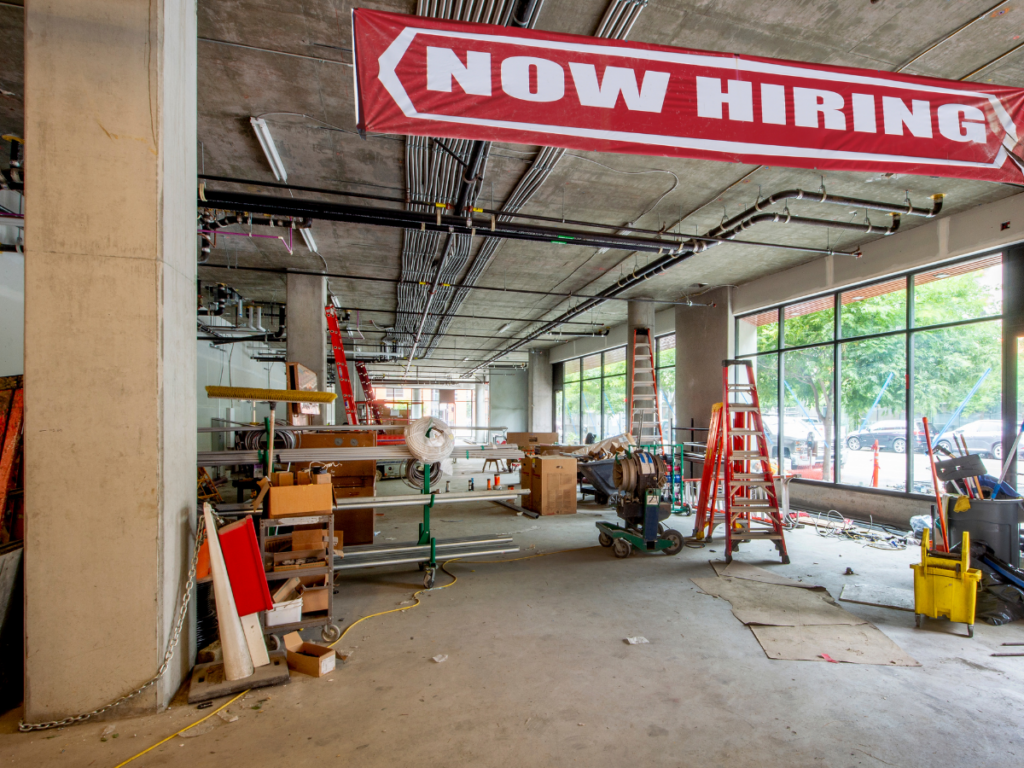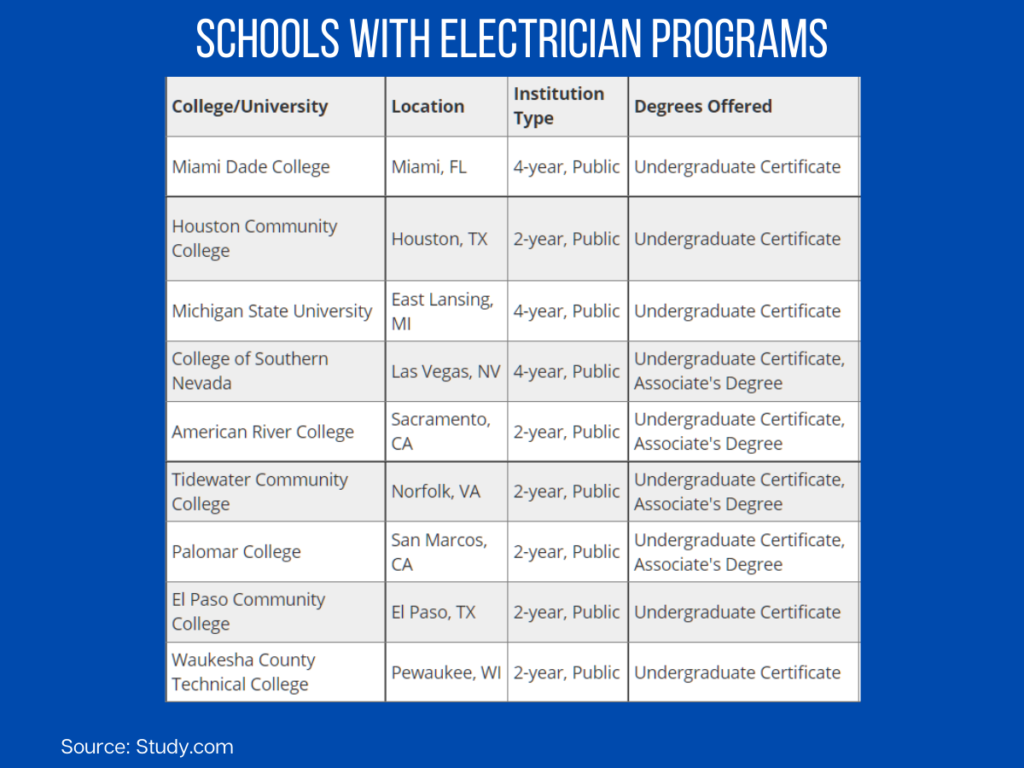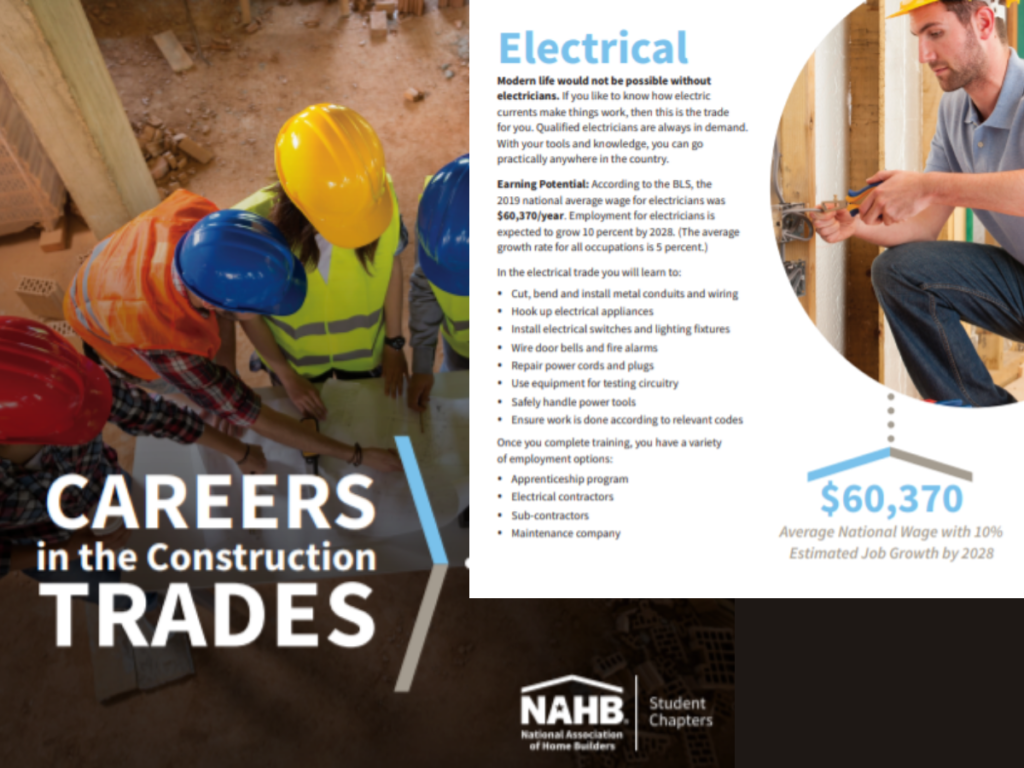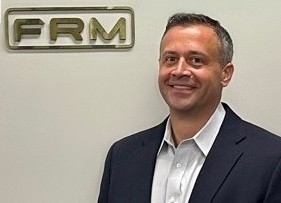Where Is Everybody? Solutions to the Labor Shortage

Long before the pandemic hit, lighting showrooms and electrical distributors have had a hard time attracting long-term help. Let’s face it, when it comes to selling, the prospect of selling light bulbs, chandeliers, and bath bars in lighting showrooms or working for an electrical distributor doesn’t sound as interesting to a young person as a job at Apple® or Best Buy® selling tech products, let alone working in the tech industry. The competition to attract labor to the electrical industry is tough.
Add to that the learning curve of memorizing lighting and electrical jargon and staying abreast of interior design trends, and that entry-level position at a lighting showroom or learning the electrical industry and “calling” on contractors and industrial customers seems a lot more complicated for nearly the same pay. And we’re not in a marquee industry that someone can brag to their friends about.
Last year’s pandemic turned employment figures on its head and created a puzzling lack of responsiveness among previously employed Americans to return to work. Large corporations combatted the problem by throwing money at it: Amazon raised its starting salary to an average of $17 an hour, plus a $1,000 sign-on bonus, stock ownership, and more; Walmart is offering tuition assistance, an assortment of bonuses, and an entry-level salary of $15-$19 an hour. How can a “little guy” compete?
The challenge goes deeper than retail, however. Every facet in the construction industry has been hit especially hard — and without the lucrative incentives offered by large companies, trade jobs have an uphill battle in enticing young workers to commit to a career. So, how did we get here?
While Bob the Builder was successful in introducing young children to the construction trade, their aspirations were often quashed in high school when guidance counselors encouraged pursuing higher education instead of a trade. This problem has vexed Dirty Jobs TV host Mike Rowe, a keynote speaker at the 2021 International Builders Show, to the point where he launched his own foundation (mikeroweWORKS) in 2008 dedicated to reversing the decline in the skilled labor force.
One of the biggest blows to the electrical and construction trades is attrition. According to the U.S. Census, there are currently 73 million Baby Boomers; and in less than 10 years, all Boomers will be at least age 65. Since Boomers have long been the largest segment of the work force, their dwindling numbers have been impacting employment numbers overall, but particularly hard hit are trades such as electricians, plumbers, steel workers, and other areas of construction.
And remember the days when people from the construction trades were interested in joining a distributorship? The benefit was that they knew product and they knew people in the local market.
This past spring, the U.S. Bureau of Labor Statistics (BLS) reported there were 357,000 unfilled construction jobs, and in the Home Builders Institute’s Spring 2021 Construction Labor Market Report, builders noted a 55% reduction in plumbers available for work. The electrical industry is facing the same challenge. The lack of young people entering the skilled labor market is forcing labor costs to increase and contributing to delays in the field for completing projects.
Change the message
“There’s a stigma associated with construction workers. I’ve been to see the guidance counselors and operations specialists and principals of high schools many times to explain the opportunities we have in the trades,” Mike McGraw, owner of Vintage Electric in Gainesville, Fla., told an audience of construction professionals on a webinar during this year’s virtual edition of the Builders Show.
Scott Osteen, Project Manager for leading regional electrical contractor All Florida Electric Co. (AFE), shared his company’s solution to the labor shortage. AFE belongs to both the Builders Association of North Central Florida (BANCF) and the Florida Association of Electrical Contractors (FAEC) and has diverse clientele including hospitals, schools, prisons, churches, sports complexes, and underground/substation utilities.
Osteen extols the virtues – and success rate – of the Electrical Construction Apprenticeship program offered by Santa Fe College in Florida and sponsored by BANCF.
“This is a great trade to be in and it’s a great program. Students graduate with no student loan debt, plus they’ve made roughly $120,000 over those four years,” Osteen said. In the Electrical Construction Apprenticeship, students attend class two nights a week during the fall and spring terms. Classroom activities are augmented with on-the-job training to prepare the students for real-life experience in the trade. Sponsoring contractors often hire graduates immediately upon completion.

“The problem is that vo-tech was taken out of high schools and treated separately,” Osteen remarked. “If we were able to get kids interested early on in the trades, they’d develop that passion before they even leave high school. We’ve talked to 30+ employers involved in the program and every single one of them is looking for good help.”
McGraw added, “Most economists predict a 5 to 10% growth in the construction sector of our economy over the next decade. That we have 40% of aging construction workers leaving the trade to retire means we’re going to have to replace 50% of those jobs within 10 years. I see the growth opportunity to be unlimited.”
Rowe concurred, stating, “On a national level, when we start to look at the shortage of labor as the reason we are unable to achieve things, I think we’ve rounded a corner. I don’t believe in ‘good’ jobs vs. ‘bad’ jobs, but what we’ve done in our country, I’m afraid, is that we’ve elevated one form of education above all others — specifically the four-year degree. And at the same time, we’ve elevated a whole category of jobs above all others.”
How we got here
In Rowe’s opinion, it wasn’t until the 1970s that attending college was emphasized over joining the skilled labor force. “We started telling a whole generation of kids that, ‘Listen, if you don’t go this way and sign on the dotted line to borrow vast sums of money to get a four-year degree, you’re screwed.’ And that message has had unintended long-term consequences. We have $1.6 trillion of student loans on the books. We have – pre-COVID – 7.6 million open positions, many in your industry, and much of them don’t require a four-year degree. What it does require is training, apprenticeships, and a willingness to get your hands dirty. I believe [the construction] industry has more opportunity than any other, with the exception of natural gas,” Rowe said, adding, “Closing the skills gap in this country is going to involve telling stories of people who have prospered as a result of learning a trade.”
According to Rowe, there are two ways to go about this:
- Awareness
- Gratitude
“If a kid is unaware that these opportunities exist, everything else is just noise. If they can’t see what’s possible, they’re never going to consider it,” Rowe explained. “As for the Gratitude part, if the country is fundamentally ungrateful or ignorant of the miracle that happens when you flip a switch and lights come on or when you flush a toilet and the contents go away, then we’re going to be pushing the boulder up the hill for a very long time.”
Spreading the word of the profitability of skilled labor will help attract newcomers to jobs such as electricians, plumbers, welders, and carpenters. “There is no one way to do this but tell the stories your industry has about the people who prospered as a result of learning a trade,” Rowe advised. “And then figure out a way to creatively and persuasively get those stories out there.”
Lighting distributors take action
At a time when brick-and-mortars are struggling to attract employees for even the most basic retail duties, it can be even more daunting for lighting showrooms and electrical supply houses to fill those roles because of the more technical nature of the products sold. The learning curve for assisting customers with selecting color-tunable LED lighting fixtures and bulbs, the differences in dimmers, and the compatibility of wireless smart controls is certainly steeper than it is with other household goods.
At Valley Lighting in Fargo, N.D., Assistant Manager Kathy Klug has regularly reached out to the community. “One of our local colleges has a great Interior Design program,” she explained. “The lead instructor always brings the second-year students on a field trip to see the showroom. These are students who are in the early stages of learning the importance of proper lighting. We give them a little tour, a little advice, hopefully a little insight, and they are able to ask questions. If we have a part-time position open, we will mention it at that time. The instructor will also share that information with the other instructors in the Design program.”
Valley Lighting currently has one Interior Design student as a part-time employee; over the past decade or so, the showroom has had three Design students join the staff as well as one from the Architecture department. We have three colleges and a vo-tech school nearby and we often post our job openings with them. I’ll typically post mid-summer to catch those looking to have a job in place when school begins. If I still have an opening after that, I’ll post again a couple weeks after school starts for those who want to have a school routine established before they add a job,” Klug stated.
Fight the stereotype
Further complicating the challenge of job growth in manual labor are the stigmas, myths, and misperceptions that still persist about blue collar jobs and prevent young people from exploring those opportunities.
How do we solve this? “Get rid of the language that describes a four-year degree as ‘higher’ education and everything else as ‘alternative,’” Rowe suggested. “This is not to make higher education the enemy, because it’s not. This isn’t an either/or proposition, but it’s not unfair to say that in the history of our country that nothing of value has become exponentially more expensive than a four-year degree — not real estate, not energy, not food, and not even healthcare.”

Parents and guidance counselors need to look at that cost of education critically. “Look at the cost of going down that road and compare it to the cost of getting a welding certification, and then look at what can happen with a good welder who applies him or herself. I can’t tell you how many people have gone through my foundation and come out the other side five or six years later with three or four vans, a mechanical contracting company, and a dozen employees who are all on the same path,” Rowe affirmed. “We shouldn’t be afraid to say, ‘You’re going to work your ass off. It’s not always going to be pleasant: You might get cold, you might get hot, but if you stick with it and apply yourself, it’s a path to prosperity.” (And don’t forget the “toys” that contractor ownership can accrue … promote the benefits!)
According to the BLS’ official Employment Projections for 2019-2029, the labor force is expected to increase by 8.0 million from 163.5 million in 2019 to 171.5 million in 2029. Meanwhile, the participation rate is projected to decline from 63.1 percent in 2019 to 61.2 percent in 2029, much attributed to the aging of the Baby Boomers. (BLS will be releasing the 2020-2030 Economic and Employment Projections on September 8, 2021.)

If you’d like some help on promoting career awareness, the National Association of Home Builders (NAHB) offers free tools – brochures, posters, videos, customizable op-eds, and social media posts – under its Workforce Development Resources section of the website The organization also offers a free, downloadable Careers in Construction Toolkit with in-person and virtual event suggestions to help any distributor, manufacturer, or representative promote October as “Careers in Construction Month.”
The take-away
If we’ve learned one thing over the past few decades, it’s that young people are not going to suddenly gravitate toward lighting showrooms and electrical supply houses as a career choice without our invitation and encouragement.
Distributors should consider appealing to the interests of tomorrow’s labor force:
- Green (renewables)
- Electric vehicles
- Automation (technology-driven)
- “Powering tomorrow”
- Home automation
- Building automation
- Design elements
To name a few. HR departments need to think about recruitment from a marketing perspective … how do we “sell” the industry. Also identify every college and community college program that may have applicable training programs as they are labor feeders. With the proposed $3.5 trillion extending free education through community college, there will be even more competition for the next generation of labor.
Partner with your local vo-tech and community colleges, offer internships, or sponsor a student competition. Creating awareness of our industry and promoting your business opportunities in an engaging way are the most effective methods for combatting an employment crisis that will be with us for a long time going forward.























